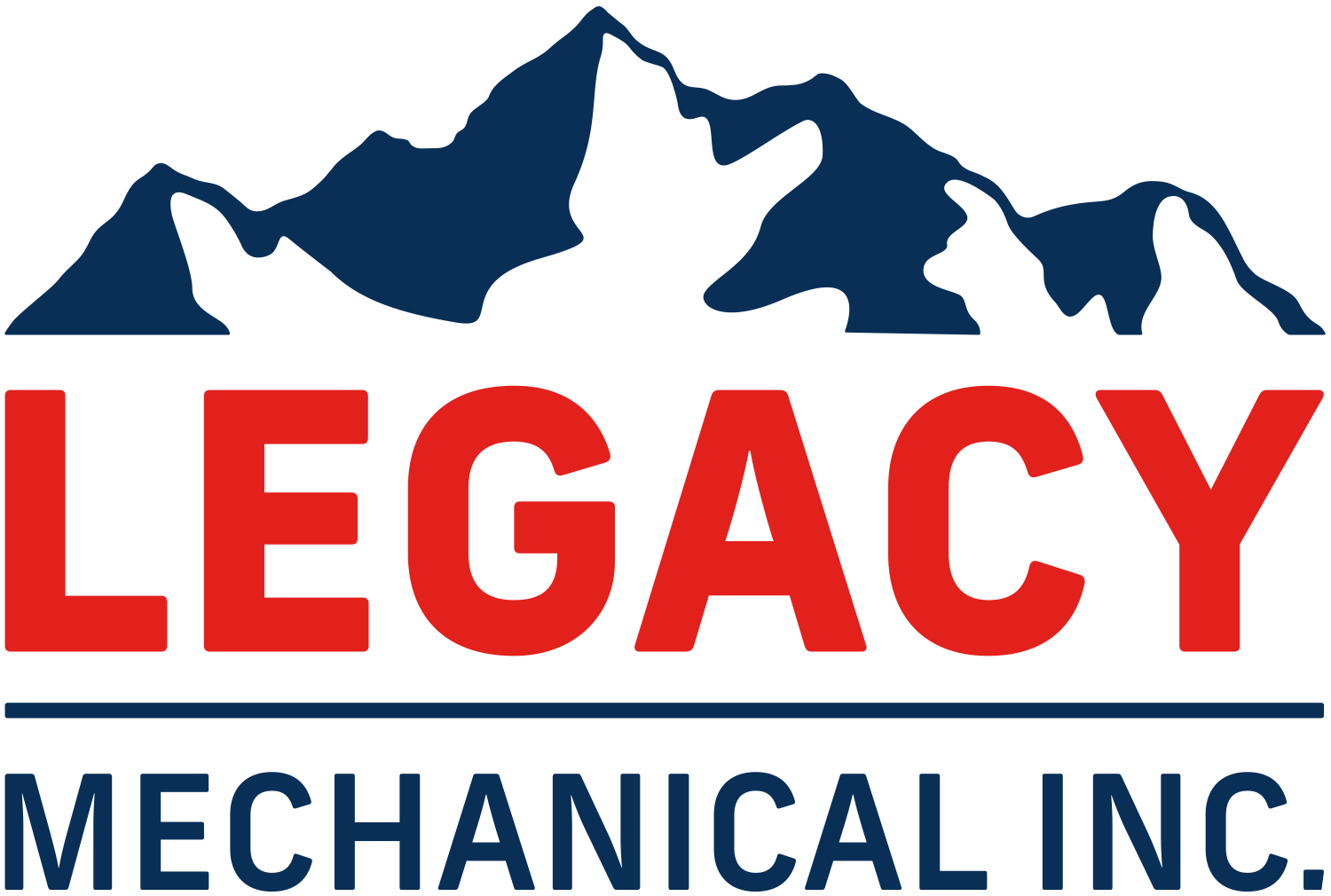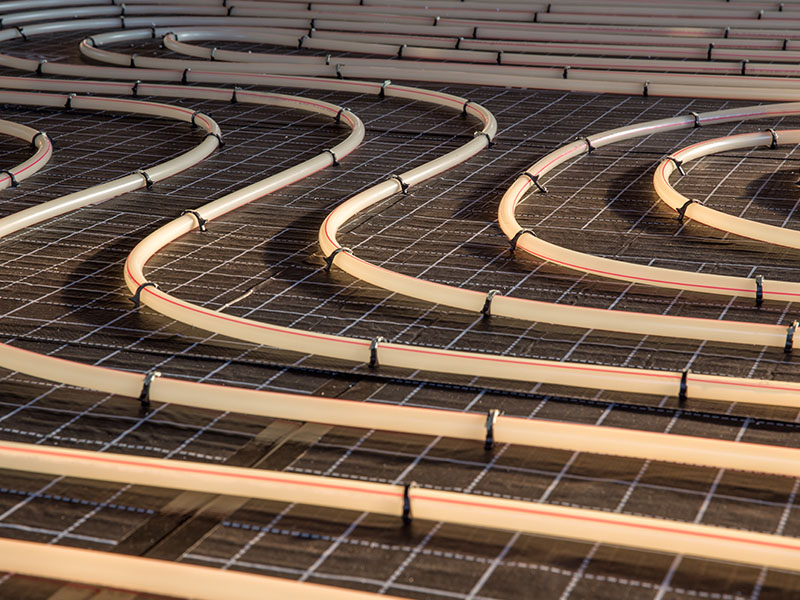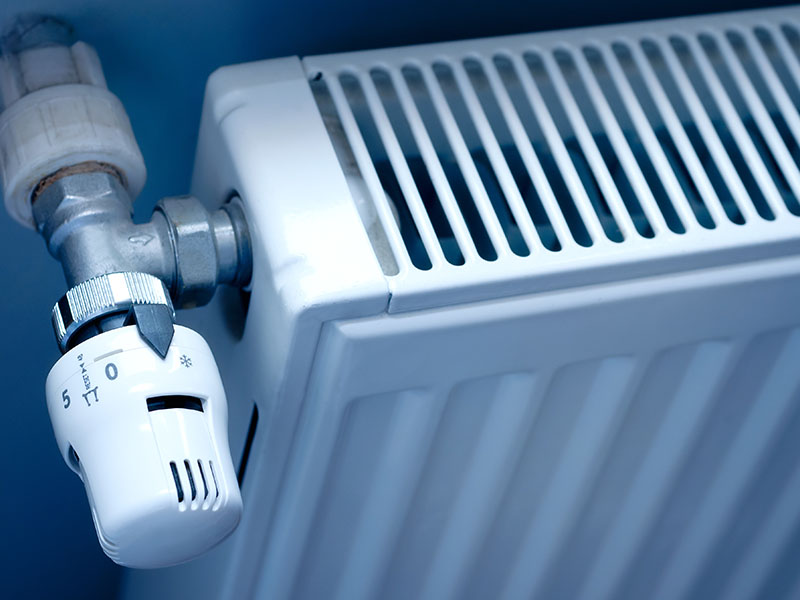Steam heating is one of the oldest forms of heating for commercial and residential buildings. While it might not be as energy-efficient as other, newer hydronics systems, it’s often more energy efficient than using a forced-air furnace to heat your building. Unlike forced-air systems, steam systems send humidified air throughout the building, which prevents your building’s air from drying out during winter. Also, if your business is in a building built before 1950, it may be more cost-effective to maintain your steam system than to install a new one. If you want to keep your current steam heating system design, here is how you can keep it running efficiently.
Perform Regular Preventive Maintenance
Performing preventive maintenance on your boiler system not only will keep your heating system clean and working well, it will keep everyone and everything in your building safer. If not monitored closely, steam boilers can explode, injuring or killing people in the building. These explosions also can cause massive amounts of property damage. Employing a service company like Legacy Mechanical to perform preventive maintenance on your steam system can ensure your safety and save you a lot of repair time and money in the long run. Here are five preventive maintenance steps you can take when you choose a professional to maintain your steam heating system:
- Perform regular boiler cleanings: These cleanings remove buildup and residue from the boiler, which should be cleaned at least once a year.
- Perform a boiler blowdown: This procedure removes scale buildup including potassium, calcium, chlorides, and sulfates. Removing scale buildup reduces the chances of boiler failure and increase your boiler’s heat transfer efficiency.
- Check and maintain water quality: Performing this step is extremely important. The water in your boiler should be free of organic matter and dissolved materials. By checking your boiler’s water quality, you are making sure your system works properly and safely.
- Insulate your steam system: Make sure your pipes and fittings are properly insulated. If they are uninsulated and remain that way, this can lead to unnecessary heat loss.
- Maintain a daily boiler inspection checklist and accurate inspection logs: Keeping accurate maintenance logs will help you stay aware of what’s going on with your boiler so your building stays properly heated and safe for everyone in it.
Maintain Boiler Controls
Along with maintaining the boiler itself, you should have the boiler control system maintained. The controls should be tested regularly by a professional to ensure they perform properly. This allows the technician to detect and repair small problems before they become big ones.
Denver Steam System Services
At Legacy Mechanical, Inc., we can install a new steam heating system or help you maintain your current boiler system design. If you are interested in any of our steam services, contact us today! We want to make sure your commercial steam system runs properly and safely so your workplace is well-heated.



